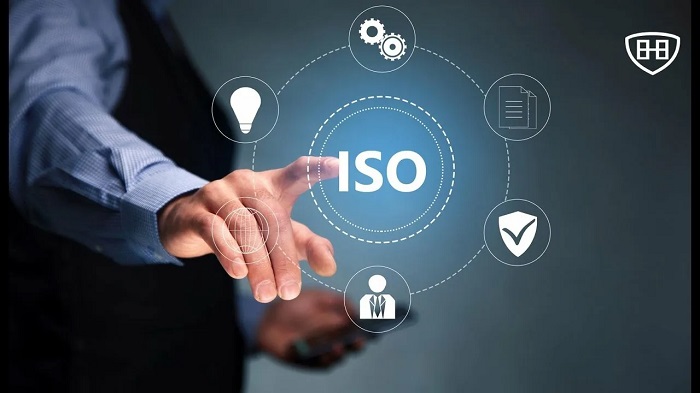In today’s globalized world, ensuring the quality and reliability of translation services is paramount for businesses and organizations that operate across linguistic and cultural boundaries. ISO 17100 certification provides a standardized framework for translation service providers (TSPs) to demonstrate their commitment to delivering high-quality, professional translation services. This article will guide you through the process of obtaining ISO 17100 certification, highlighting key steps and considerations.
Understanding ISO 17100
ISO 17100 is an international standard specifically designed for the translation industry. It sets out the requirements for the core processes, resources, and other aspects necessary for the delivery of quality translation services. By adhering to these standards, TSPs can ensure their services meet the necessary quality and reliability benchmarks, which can significantly enhance their credibility and competitiveness in the market.
Key benefits of ISO 17100 certification
Before diving into the certification process, it’s essential to understand the benefits of obtaining ISO 17100 certification:
- Enhanced Credibility: Certification provides clients with confidence in your ability to deliver high-quality translation services.
- Competitive Advantage: Certified TSPs often stand out in the marketplace, attracting more clients who seek reliable and professional services.
- Improved Processes: The standard encourages the adoption of best practices, leading to more efficient and effective translation workflows.
- Global Recognition: ISO 17100 is recognized worldwide, facilitating international business opportunities.
Steps to obtain ISO 17100 certification
1. Understanding the Requirements
Begin by thoroughly reviewing the ISO 17100 standard. Understanding the specific requirements for translation ISO certification is crucial. The standard outlines criteria related to:
- Human Resources: Qualifications and competencies of translators, reviewers, and project managers.
- Technical Resources: Tools and technologies used in the translation process.
- Project Management: Procedures and workflows for managing translation projects.
- Quality Management: Measures for ensuring the quality of translation services.
2. Gap Analysis
Conduct a gap analysis to assess your current processes against the requirements of ISO 17100. This will help you identify areas where your practices already comply with the standard and where improvements are needed.
3. Implement Necessary Changes
Based on the results of your gap analysis, implement the necessary changes to align your processes with the ISO 17100 requirements. This may involve:
- Training and Development: Ensuring your team has the required qualifications and skills.
- Process Improvement: Updating workflows to meet the standard’s guidelines.
- Quality Assurance: Establishing procedures for consistent quality checks and reviews.
4. Documentation
Create comprehensive documentation of your processes and procedures. ISO 17100 requires detailed records to demonstrate compliance with the standard. Key documents include:
- Quality Management System (QMS): A documented system outlining your quality assurance processes.
- Project Records: Documentation of project workflows, client requirements, and quality checks.
- Resource Records: Records of translator qualifications, training, and competency evaluations.
5. Internal Audit
Conduct an internal audit to ensure all implemented changes and documentation meet the ISO 17100 requirements. This helps identify any remaining gaps and allows for corrective actions before the official audit.
6. Choose a Certification Body
Select an accredited certification body that specializes in ISO 17100 certification. The certification body will conduct an external audit to verify your compliance with the standard.
7. External Audit
The certification body will perform an external audit, reviewing your documentation and processes. They will assess whether your TSP meets the requirements for certified language translation services. The audit typically includes:
- Stage 1 Audit: A preliminary review of your documentation and readiness.
- Stage 2 Audit: An in-depth evaluation of your processes and implementation.
8. Certification and Continuous Improvement
If the external audit is successful, you will receive your ISO 17100 certification. However, certification is not a one-time event. Continuous improvement is a fundamental aspect of ISO standards. Regularly review and update your processes to maintain compliance and ensure ongoing quality in your translation services.
Embracing ISO 17100 certification not only positions your TSP as a leader in the industry but also assures clients of your dedication to delivering exceptional translation services. Start your journey towards ISO 17100 certification today and unlock new opportunities in the global market.


